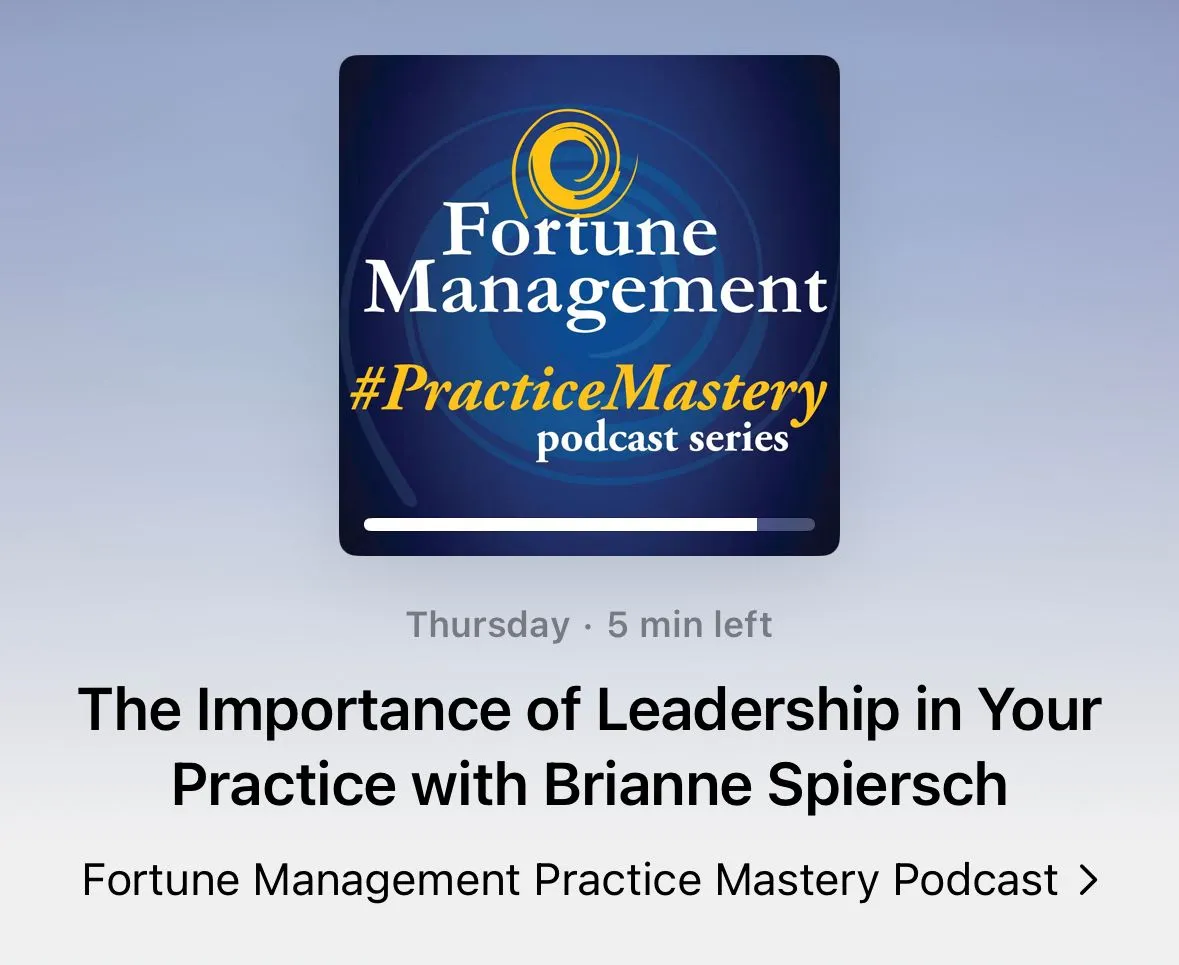
Veterinary practices have never been under more pressure than they are right now. With new pets being adopted during the COVID-19 pandemic (often by first-time pet owners) and the demands brought along with those, coupled with the hiring shortage in today’s market, veterinary practices are often bursting at the seams trying to keep everything moving and everyone happy.
Let’s be real, you can’t make everyone happy, especially in an era where patience is thin and access to social media and review sites is so easy.
So what do you do when someone posts a negative review about your business? We asked Brianne Spiersch, an executive coach with Veterinary Mastery, a division of Fortune Management, for her advice.
First, Spiersch says it’s critical to respond to the comment and ask the individual about next steps.
“Whether it’s positive or negative, it’s about how we respond to those comments,” Spiersch said. “At Fortune Management and Veterinary Mastery, we always talk about our ‘intent’ when it comes to our customers. With that in mind, we need to respond when something goes wrong and say, ‘That was not our intent. How can we make this better for you?’ It doesn’t have to be anything long, but it needs to be something that says we understand there has been a not-so-great experience and we will be reaching out to you, likely with a phone call.
“It’s important that the public sees that you’re paying attention to this and you know what’s going on within your business. Silence is the worst thing you can have.”
Second, Spiersch believes preparing ahead of time for any potential reviews can pay off in the long run.
“Having a consistent voice is very important,” she said. “Coming up with some form of a script and having that in advance so you’ll have a framework for how to respond, no matter who is responding, is a big step. It will help make sure the entire practice is prepared and has one voice when something occurs online.”
Speaking of preparing ahead of time, a key third point is knowing exactly what is expected by the customer before the visit even occurs.
“We don’t know what that expectation is unless we ask them. If we’re not asking them, they’re going to go home and be very quick to go on the Nextdoor app or Yelp or Google reviews and say how unhappy they were with that experience,” Spiersch said. “If we can ask them and prepare on how to meet that, many problems can be solved before they ever start.”
Finally, it’s important to always be on the lookout for what people are saying about you and your business online.
“Be proactive. Doctors will often know the apps where people are potentially talking about them the most so don’t be afraid to go and see what is being said,” Spiersch explained. “If someone is speaking negatively about the experience, it’s better to know it and take care of the situation than to let it fester without ever knowing someone is upset and talking about your business in a negative light.”
Need help knowing exactly how to tackle an online review? Spiersch and the Veterinary Mastery team is here to help with all aspects of your business. Contact her here (insert link to contact us page).
The body content of your post goes here. To edit this text, click on it and delete this default text and start typing your own or paste your own from a different source.







